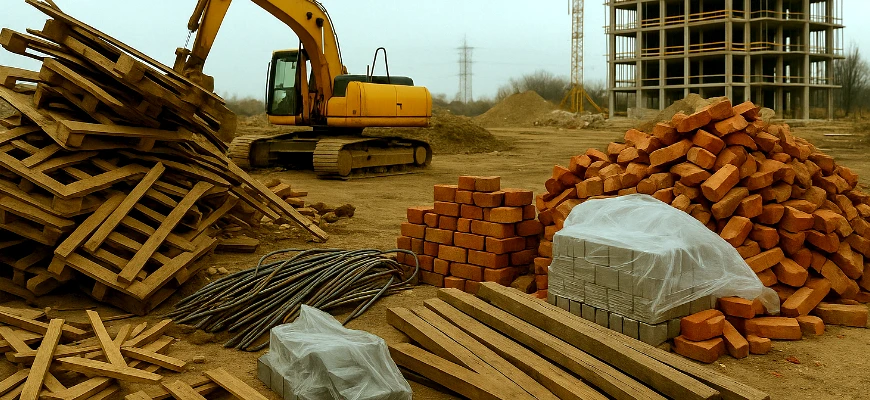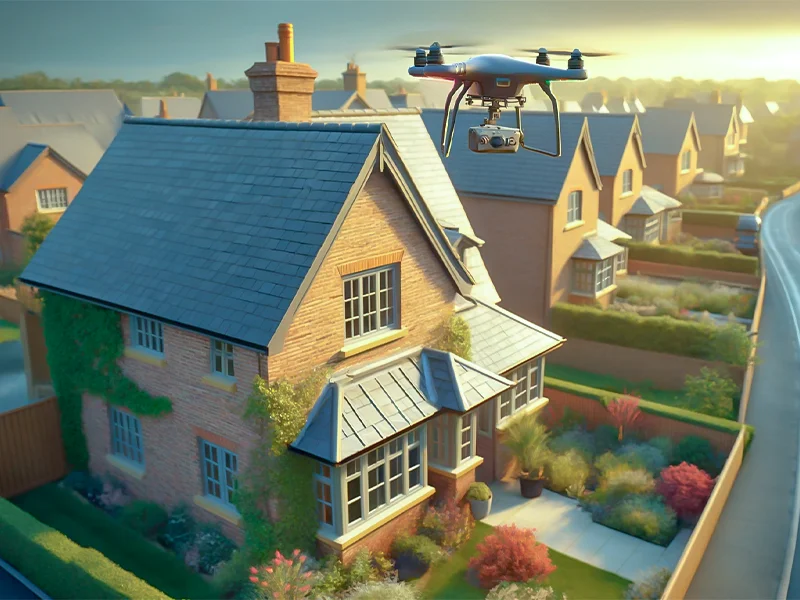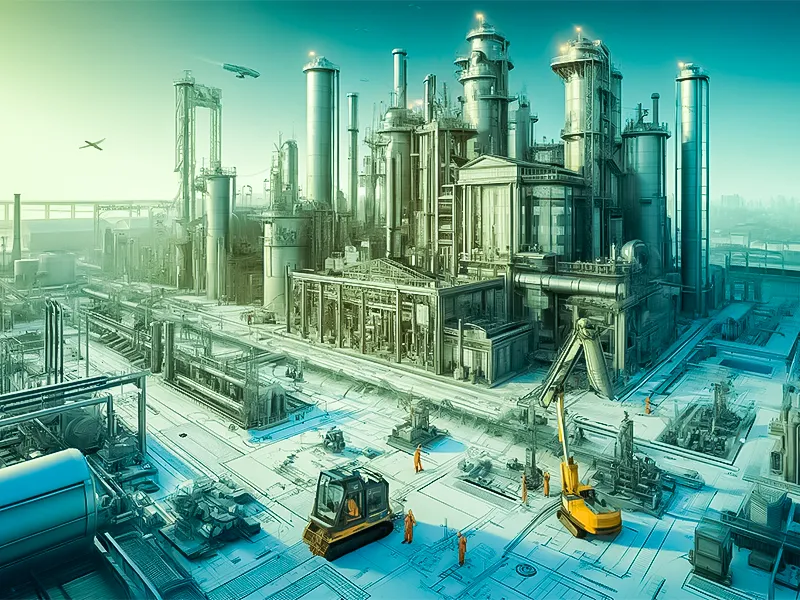The Role of Measured Building Surveys in Sustainable Design and Construction

In today’s construction world, sustainability isn’t just a buzzword it’s a fundamental goal influencing every stage of a project.
Meeting sustainability targets requires careful planning, smart resource management, and a strong commitment to minimising environmental impacts. However, these objectives are difficult to achieve without having detailed and accurate information about the existing site conditions.
That’s where measured building surveys come in.
Measured building surveys deliver precise, comprehensive data about a building’s physical features, giving you a reliable foundation for informed decision-making.
In this blog, we explore how measured building surveys play a vital role in advancing sustainable construction. We’ll also look at the common obstacles to sustainability and how accurate survey data helps overcome them leading to smarter, greener, and more cost-effective building practices.
The Critical Link Between Surveying and Sustainability
Surveying forms the backbone of sustainable construction projects by supplying the accurate data needed for every phase from early planning to execution.
Measured Building Surveys ensure that designs align not only with functionality and aesthetics but also with sustainability goals.
Surveyors help determine the most eco-friendly layout for structures, reducing environmental disturbance and optimising land use. They also ensure designs meet green building standards and evaluate natural resources like sunlight exposure for solar energy or optimal wind conditions for renewable projects.
Today’s advanced surveying technologies further enhance precision and minimise site disturbance both crucial for meeting modern sustainability demands.
Challenges to Achieving Sustainable Construction
Inefficient Resource Use

Errors in Renovation Projects
Falling Short on Sustainability Targets
Proactive Strategies to Overcome Sustainability Challenges
Accurate Data Collection
Advanced tools like 3D laser scanning, robotic total stations, and handheld tablets gather highly detailed measurements of existing structures.
Starting a project with this accurate baseline data strengthens every phase of construction reducing errors, waste, and inefficiencies from the outset.
Enhanced Planning and Design

Minimising Environmental Impact
Key Technologies and Tools in Measured Building Surveys

3D Laser Scanning
Robotic Total Stations
Handheld Tablets
Methods of Sustainable Land Surveying
Using Low-Impact Surveying Techniques
Traditional surveying often involved invasive activities like digging, clearing vegetation, or using heavy equipment all of which could harm the environment.
Modern sustainable surveying focuses on low-impact techniques like drone surveys, laser scanning, and remote sensing. These approaches gather critical data without physically disturbing the land, wildlife, or natural habitats.
For example, drone surveys can map extensive areas swiftly without the need to clear terrain or interfere with ecosystems.
Non-invasive mapping also evaluates factors like soil conditions and vegetation types, helping guide sustainable project designs.
Incorporating Renewable Energy Assessments
Surveying is key to developing renewable energy projects such as solar farms and wind installations.
Surveyors carry out site assessments that analyse solar exposure, wind patterns, terrain features, and environmental impacts.
This data ensures renewable energy projects are located and designed for maximum efficiency while minimising environmental disturbance helping advance the UK’s carbon neutrality goals.
Advanced Technology Driving Sustainable Surveying
Technology is at the heart of modern sustainable surveying practices. Innovations like Digital Twins, Geospatial Mapping, and Building Information Modelling (BIM) have revolutionised how surveyors approach project planning:
Digital Twins
GIS (Geographic Information Systems)
GIS provides deep insights into environmental data such as soil types, water sources, and natural vegetation vital for eco-conscious project planning.
It also supports renewable energy site analysis by mapping solar potential and wind resources.
These technologies not only make surveying more precise but also ensure that sustainability remains a core part of construction planning.
Conclusion
Incorporating measured building surveys into construction projects is a proven step toward achieving sustainable building practices.
By addressing challenges like resource waste, design inefficiencies, and environmental impacts, measured surveys offer a strong foundation for smarter decision-making.
With the help of cutting-edge tools like 3D laser scanners, robotic total stations, and GIS mapping, surveyors can provide detailed, accurate data that enhances planning, design, and project execution.
As the construction industry increasingly prioritises sustainability, measured building surveys are becoming an indispensable part of delivering greener, more efficient projects.
Looking to make your next project more sustainable?
Get in touch with Survey2Plan today to find out how measured building surveys can help you build a better future.




